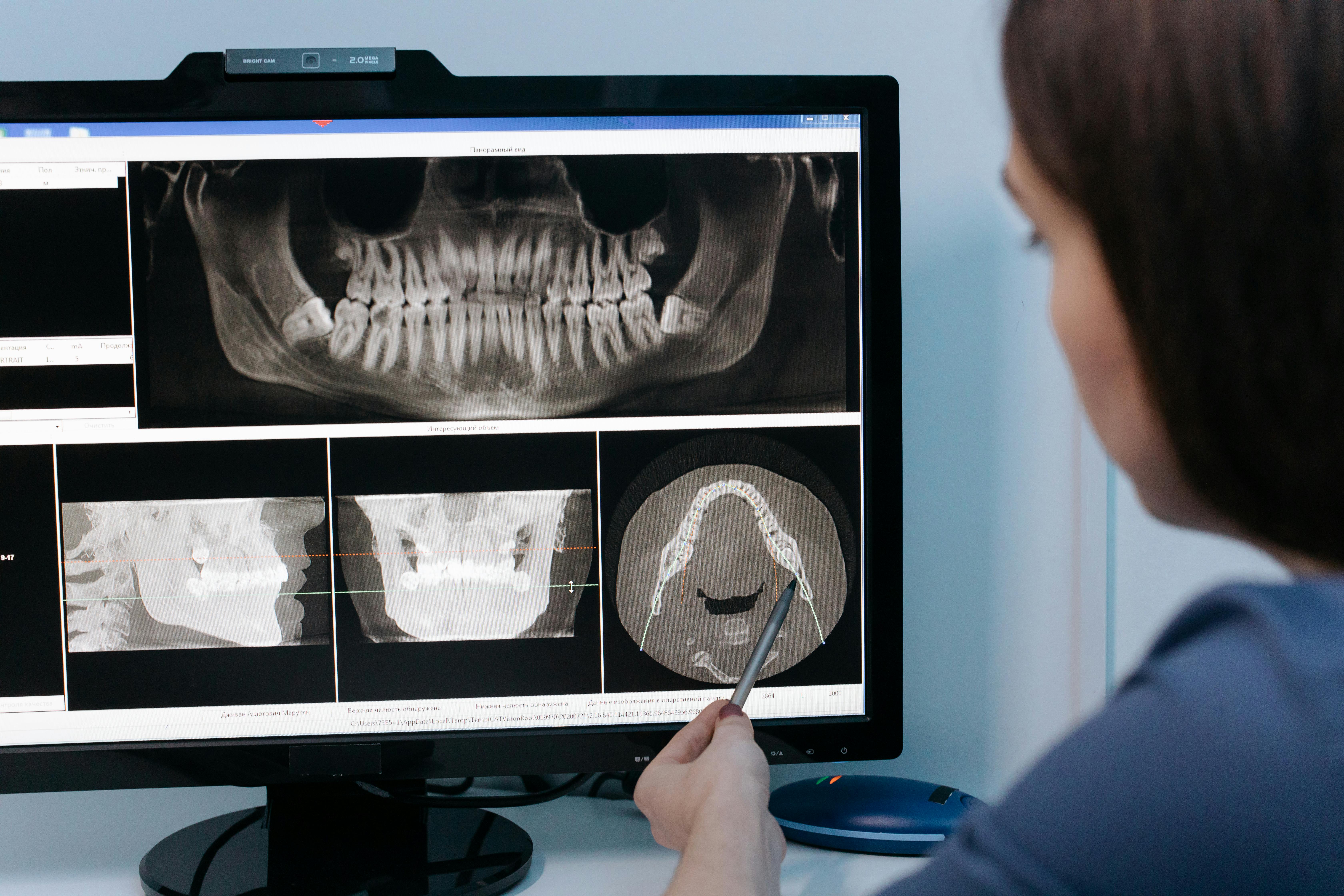3 servings
Buckwheat flour is gluten-free, making it a good choice for anyone with gluten sensitivity or celiac disease. Buckwheat is not a cereal grain, but is actually a fruit seed that is related to rhubarb and sorrel. It is full of nutrients and has a nice nutty flavor. Buckwheat also has a low glycemic index. Diets containing buckwheat have been linked to a lower risk of developing high blood pressure and this is partly due to its rich supply of flavonoids, particularly rutin which includes catechins from green tea and polyphenols from red wine, which are not it is found in other grains or beans, but is contained in large quantity in buckwheat.
The key to its powerful cancer-fighting potential is precisely its buckwheat integrity, as rutin-only supplements are not as effective. Flavonoids are phytonutrients that protect against disease by extending the action of vitamin C and acting as antioxidants. Buckwheat also contains almost 86 milligrams of magnesium in a one cup serving. Magnesium relaxes blood vessels, improving blood flow and nutrient delivery while lowering blood pressure; the perfect combination for a healthy cardiovascular system. Buckwheat is also high in insoluble fiber (4.5 grams per cup), which can help women avoid gallstones. Researchers believe that insoluble fiber not only speeds up the time food moves through the intestines, but also reduces the secretion of bile acids (since excessive amounts contribute to gallstone formation), increases the insulin sensitivity and lowers blood fats.
Soba noodles are native Japanese noodles made from buckwheat flour. Like pasta, soba noodles are available in a dry form in supermarkets, but they taste best freshly made by hand with buckwheat flour and water. Traditional Tokyo-style soba noodles have a ratio of 8 parts buckwheat to 2 parts wheat flour. The recipe below tells you how to make the noodles, but you can buy the dried form at the supermarket as long as you make sure it’s buckwheat noodles with no added preservatives. The noodles are easy to make once you’ve made them a few times. If you have kids ages 4 and up, this is a great weekend homework to do with them. Once made, these noodles can be kept in the fridge for a couple of days, as long as they are generously dusted with buckwheat flour during the making process to prevent sticking, and stored in an airtight container.
So go ahead and take a trip to Japan!
Ingredients to make homemade noodles:
230 grams/ 8 ounces buckwheat flour
60 grams/ 2 oz. whole wheat flour
1/2 teaspoon unrefined salt
6 fluid ounces of water
Ingredients for finished dish:
Homemade chicken, fish or shrimp broth or pieces of chicken, fish or shrimp
1 tablespoon. Sesame oil
1 tablespoon Japanese soy sauce
unrefined salt to taste
Chopped lettuce, prepare only when the dish is almost ready to serve to preserve the vitamin C content
Method:
Sift the two flours and the salt into a bowl. Run your hands over the surface to break it up, then gradually add the water until you get the right consistency. Create a paste with your fingers while gradually forming a sticky ball incorporating all the flour. Unlike wheat, buckwheat readily absorbs water. The goal of this step is to do a complete mix in just 10 seconds (or as fast as possible!). Work the flour into a ball. Divide into 3 equal portions (one portion for each serving). Work with one portion at a time. Cover the other two portions with a slightly damp cloth or wrap them in cling film to prevent them from drying out.
Sprinkle with a very generous amount of finely ground buckwheat flour and roll out the dough with a rolling pin until it is about 1.5-2mm thick. Dust with more finely ground buckwheat flour to prevent sticking and place in a pasta maker to make the spaghetti ribbon/noodles. The pasta maker settings should be number 1 (thickest) for the thickness of the dough; it is not necessary to pass the dough through the machine several times, just once to obtain a uniform thickness.
If you don’t have a pasta maker, don’t divide the dough but you will need to work the dough to get it as stretchy as possible. Then roll it out to the required thickness as above, sprinkle generously with fine buckwheat flour, fold the dough a couple of times, then cut the noodles with a sharp knife to about 1.3mm width. This is more tedious so investing in a pasta maker is preferable!
It is very important to boil a large amount of water per serving. The boiling time depends on the thickness of the noodles. To cook regular thickness soba, you will need about a minute and a half. And if the soba is thicker, you will have to cook it longer. Make sure the noodles are fully cooked, not al dente like Italian pasta. If the noodles are not boiled long enough, they will be very difficult to eat. Don’t worry if the noodles have started to stick together before cooking. Place the noodles in the water without separating them; they will be released into the water. Collect the cooked noodles with a strainer and briefly place them in a bowl of cold water to stop the cooking process.
Drain the noodles well and put them back in a pot with a little homemade chicken, fish or shrimp stock. These noodles can be served with chicken, fish or shrimp. In this case, boil the chicken or fish in a small amount of water (do not overcook – the meat will become too tough), add the drained noodles. Add a little sesame oil, Japanese soy sauce, and unrefined salt (if necessary). Remove from pan and add some shredded lettuce and sliced red chiles if desired. Serve hot.
These noodles can also be served with any other sauce dish, for example fish curry! Incredibly delicious!
